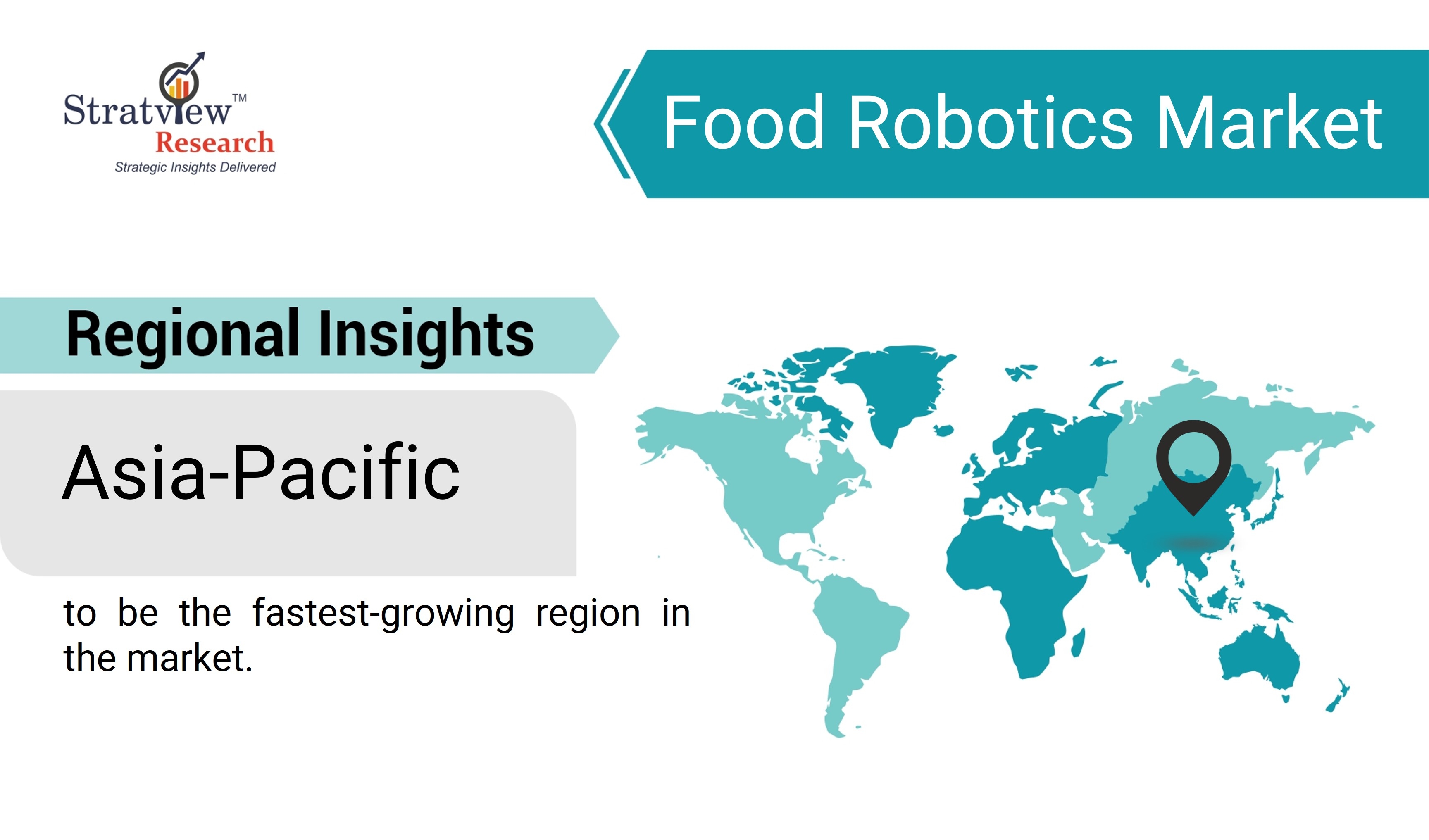Exploring the Growth Trajectory of the Food Robotics Market: Trends and Forecasts

The food robotics market is experiencing unprecedented growth, driven by technological advancements and evolving consumer demands. As automation becomes increasingly integral to the food industry, understanding the trends and forecasts shaping this market is crucial for stakeholders and investors alike.
Current Market Landscape
According to Stratview Research, the food robotics market was estimated at USD 2.14 billion in 2022 and is likely to grow at a CAGR of 11.6% during 2023-2029 to reach USD 4.62 billion in 2029.
This growth is fueled by the need for enhanced efficiency, consistency, and safety in food production. Robotics technology is being adopted across various segments, including food processing, packaging, and quality control, reflecting a broadening scope of applications.
Key Trends Driving Growth
- Technological Advancements: Innovations in artificial intelligence (AI), machine learning, and sensory technology are revolutionizing food robotics. These advancements enable robots to perform complex tasks with high precision and adaptability, such as sorting, packaging, and even cooking. Enhanced AI algorithms improve decision-making processes, making robots more versatile and efficient.
- Increased Focus on Food Safety: The demand for higher food safety standards has led to the adoption of robotic systems capable of minimizing human error and contamination. Robots equipped with advanced sensors and real-time monitoring systems ensure that food products meet stringent safety regulations, thereby reducing the risk of recalls and enhancing consumer trust.
- Labor Shortages and Rising Costs: The food industry faces significant labor shortages and increasing labor costs. Robotics offers a viable solution by automating repetitive and labor-intensive tasks, thus reducing dependency on manual labor and mitigating the impact of labor shortages.
- Customization and Flexibility: Modern food robotics can adapt to varying production needs and product types. This flexibility is particularly valuable in catering to the growing demand for personalized and diverse food products. Robots that can handle multiple tasks and adjust to different packaging requirements are becoming increasingly essential.
Forecast and Future Outlook
The food robotics market is expected to continue its upward trajectory, driven by ongoing technological innovations and the need for greater operational efficiency. Key players in the industry are investing heavily in R&D to develop more sophisticated and cost-effective solutions. Emerging markets are also showing a growing interest in food robotics, further fueling market expansion.
In conclusion, the food robotics market is set for robust growth, underpinned by technological advancements, increased focus on food safety, and the drive for operational efficiency. As the industry continues to evolve, stakeholders should stay attuned to these trends and forecasts to capitalize on emerging opportunities and navigate potential challenges.
- Industry
- Art
- Causes
- Crafts
- Dance
- Drinks
- Film
- Fitness
- Food
- Games
- Gardening
- Health
- Home
- Literature
- Music
- Networking
- Other
- Party
- Religion
- Shopping
- Sports
- Theater
- Wellness
- News


